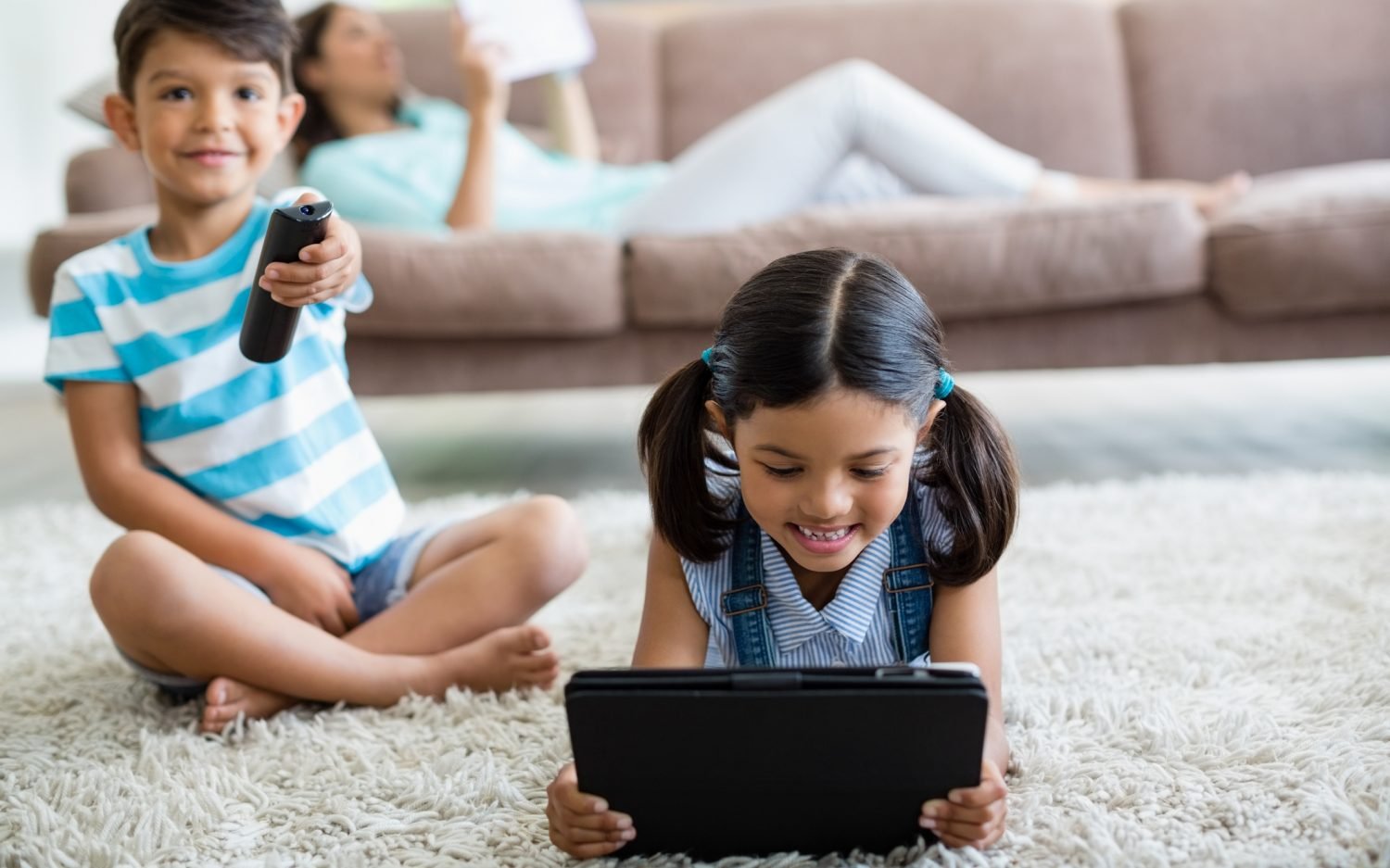In today’s digital age, understanding the dynamics of screen time for preschoolers has become paramount for parents, educators, and caregivers alike. This article delves into the nuances of setting effective guidelines, the impact of prolonged exposure, and how Kiddonia Preschool Wakad integrates best practices for a comprehensive learning experience.
Introduction
A. Defining Screen Time
Screen time encompasses any duration a child spends engaged with screens, including TVs, tablets, and smartphones. It’s not merely about restriction but establishing boundaries that align with a child’s developmental needs.
Importance of Establishing Guidelines
Guidelines are not arbitrary rules; they form the bedrock of healthy media habits. Properly set guidelines facilitate cognitive, emotional, and physical development in preschoolers, fostering a balanced technological environment.
Understanding Screen Time for Preschoolers
A. Age-Appropriate Limits
Preschoolers, aged 2 to 5, necessitate unique considerations for screen time. Striking a balance, the American Academy of Pediatrics recommends limiting high-quality programming to no more than one hour per day.
B. Types of Media Suitable for Preschoolers
Not all screen time is created equal. The emphasis should be on educational content designed for preschoolers. Kiddonia Preschool Wakad takes a conscientious approach, ensuring age-appropriate, educational media is integrated into the learning curriculum.
The Impact of Excessive Screen Time
A. Cognitive and Behavioral Effects
Extended screen time can have adverse effects on cognitive development and behavior in preschoolers. Kiddonia Preschool Wakad places a premium on monitoring screen time to mitigate potential negative impacts on young minds.
B. Physical Health Concerns
Prolonged periods of sitting during screen time can contribute to health issues. Kiddonia Preschool Wakad promotes a blend of physical activities and screen-based learning to ensure the overall well-being of the child.
Establishing Healthy Media Use Guidelines
A. Setting Daily Limits
Parents and caregivers play a pivotal role in setting and enforcing daily screen time limits. Collaborative efforts between home and school contribute to a consistent and effective approach.
B. Choosing Educational Content
The quality of content is paramount. Emphasizing educational value aids in selecting media that aligns with developmental goals and enhances the learning experience.
C. Co-Viewing and Interaction
Engaging with children during screen time enhances the learning experience. Kiddonia Preschool Wakad advocates for co-viewing and interactive sessions to maximize the educational benefits.
Benefits of Balanced Screen Time
A. Enhancing Educational Advancements
Screen time, when used judiciously, can enhance early literacy and numeracy skills. Interactive programs and applications contribute positively to educational outcomes.
B. Supporting Social and Emotional Development
A balanced approach to screen time allows for social and emotional development. Kiddonia Preschool Wakad’s method promotes collaborative digital activities, fostering interpersonal skills.
Navigating Challenges
A. Addressing Resistance
Children may resist screen time limits, requiring patience and positive reinforcement. Kiddonia Preschool Wakad provides practical strategies for parents to navigate these challenges effectively.
B. Adapting Guidelines as Children Grow
Screen time guidelines should evolve as the child grows. Kiddonia Preschool Wakad assists parents in adapting guidelines to align with different developmental stages.
Summary
In conclusion, navigating the realm of screen time for preschoolers is a multifaceted journey that demands careful consideration and a balanced approach. The understanding of the impact, benefits, and challenges associated with screen time is pivotal for parents, educators, and caregivers. Kiddonia Preschool Wakad emerges as a beacon in this landscape, seamlessly blending technology with traditional learning methods to provide a holistic educational experience.

